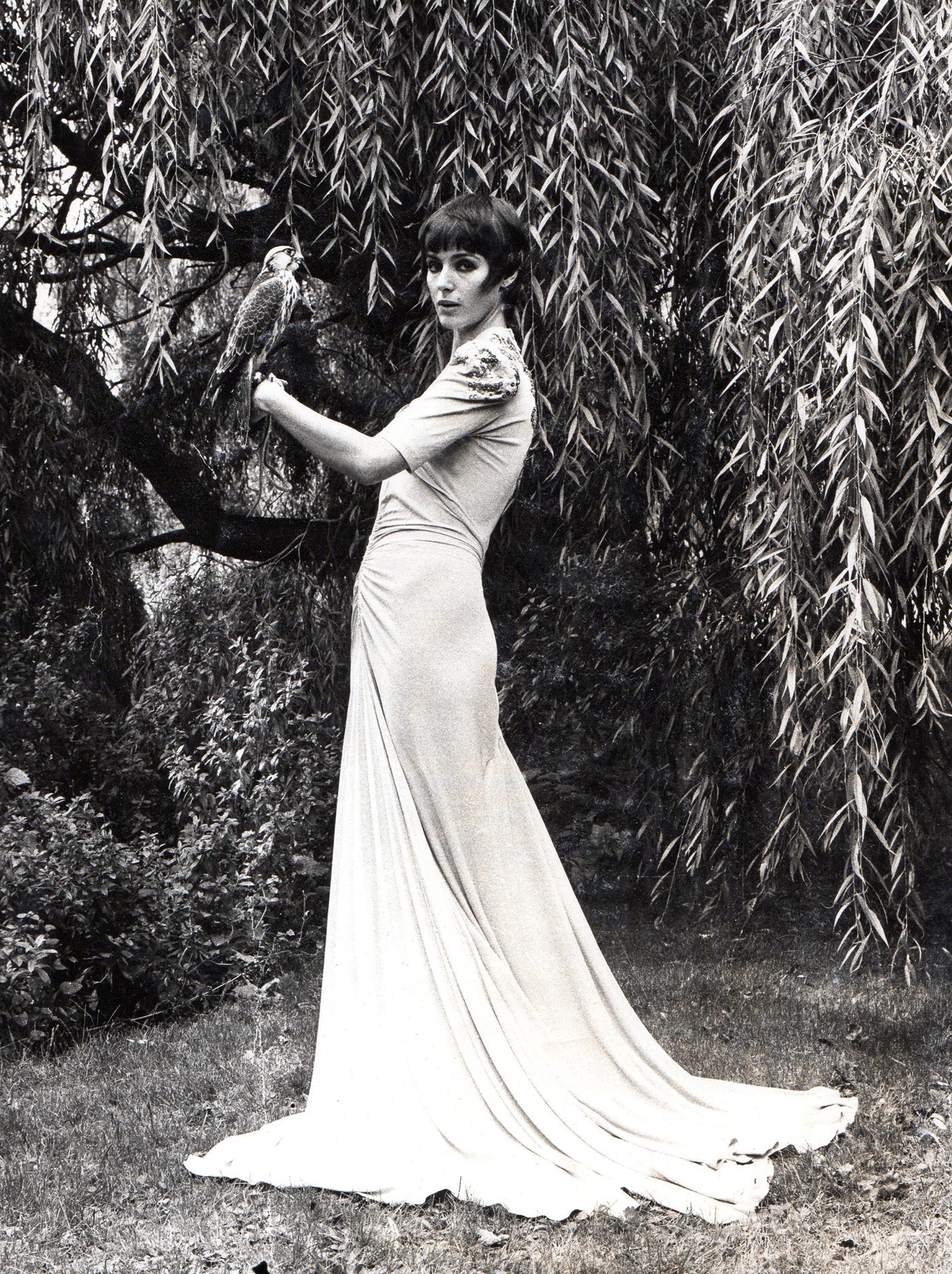A Vivisection: interview w/ Penelope Slinger (2019)
"When Englishness goes weird, something very interesting happens."
No, this has nothing to do with cocktails. It is, rather, a re-edited early version of an interview with the feminist surrealist artist Penny Slinger (above) that I wrote for the Guardian in 2019. I thought it worth re-publishing now to coincide with Tate Britain’s Women in Revolt! show, in which Slinger plays a key part.
Who is Penny Slinger? Well, pr…
Keep reading with a 7-day free trial
Subscribe to The Spirits to keep reading this post and get 7 days of free access to the full post archives.


